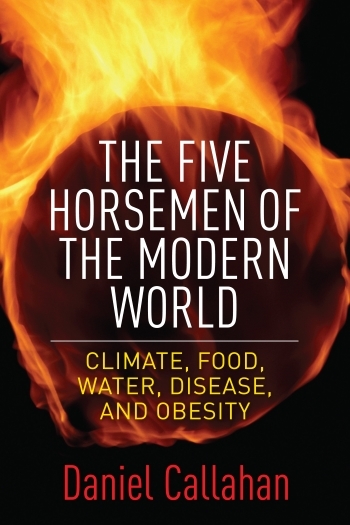This article from WHO by Joe Kutzin provides a deep analysis of the implications of financing universal coverage. Today I would like to highlight this statement:
There is a general trend toward greater diversification of revenue sources, including a diminishing role for payroll tax funding. This is a practical consequence of the “ideology” of UHC. With the move toward UHC, entitlement to health coverage is being delinked from employment, and from direct contributions more generally. On the practical side, wage-linked contributions cannot generate a sufficient revenue base, both in high-income countries (because of aging populations and macroeconomic concerns regarding increasing wage-based taxation) and also in low- and middle-income countries (LMICs) (because of low participation rates in formal sector employment).Spain has decided exactly the opposite. Coverage entitlement comes from social security membership, while funds come from taxes. The weirdest financing of a health system in the world.




